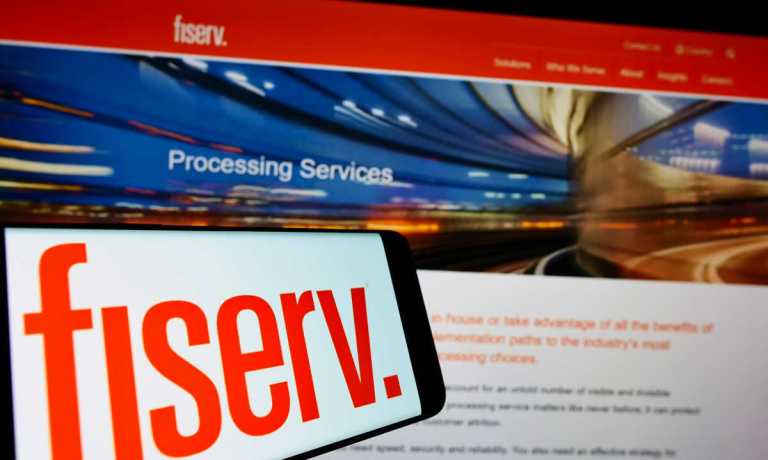
Open banking/instant payments company Zūm Rails is teaming with Fiserv.
The collaboration, announced Thursday (Oct. 3), will see Zūm utilize Fiserv’s embedded finance capabilities to enable payments and financial services for U.S. businesses.
“Today, payments and banking services are expanding beyond traditional banks and financial institutions, and companies across industries are eager to embed financial and payment options directly into their platforms,” the companies said in a news release.
“The high barrier to entry, however, has kept many from trying, especially considering that every new capability has historically required working with multiple providers to build entirely new integrations from scratch.”
The announcement follows a report from May that the two companies were working on an embedded finance solution for U.S. businesses.
The Zūm/Fiserv partnership, the companies said, will offer businesses and merchants a single solution that lets them easily integrate capabilities such as open banking and instant payments directly into their platforms so they can power payments quickly and securely.
The combination also gives businesses a way to move funds through every major U.S. payment network, among them Visa and Mastercard, the Automated Clearing House (ACH), FedNow, WEB Debit and PayPal.
“By making capabilities from our merchant acceptance, banking, and card issuing businesses available to clients and partners through a curated set of APIs, we are helping these clients expand their service models, build deeper relationships with merchants, and significantly expanding the revenue potential associated with each relationship,” said Sunil Sachdev, Fiserv’s head of embedded finance.
The partnership comes as embedded finance/embedded lending continues to grow in popularity among both consumers and microbusinesses and small businesses (MSBs) around the planet , according to recent PYMNTS Intelligence data.
That research found that across six major world markets, 15% of people and 18% of MSBs had recently turned to this branch of lending, with levels of adoption varying by country. For instance, the research found that 17% of consumers in the U.S. have used embedded lending, along with 37% of MSBs in India.
“However, users widely experience friction that detracts from their experience,” PYMNTS wrote. “The biggest problem area is the application process, with many consumers and MSBs that recently used this lending reporting issue. Lenders that address these issues will reach and retain many more customers.”